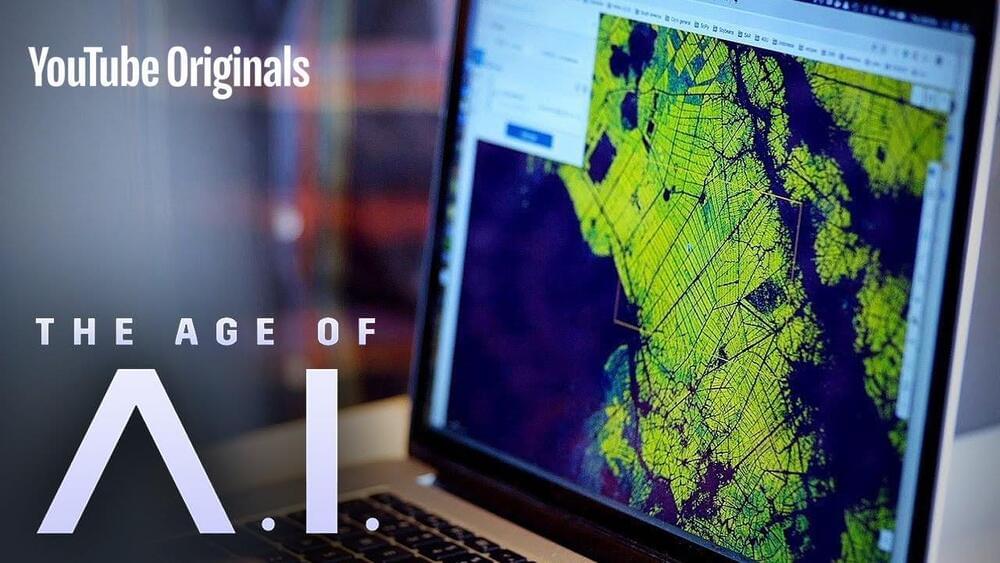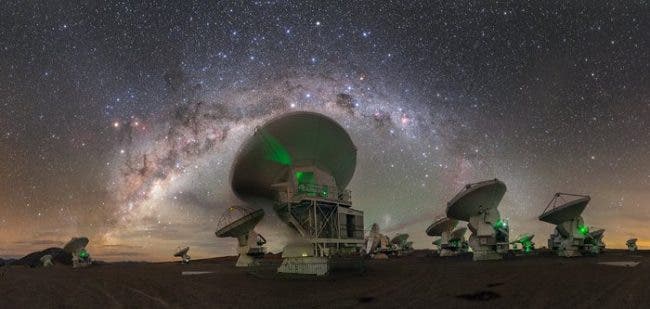Aug 16, 2022
The Fermi Paradox: Technological Timebombs
Posted by Kelvin Dafiaghor in categories: alien life, existential risks
Visit https://brilliant.org/isaacarthur/ to get started learning STEM for free, and the first 200 people will get 20% off their annual premium subscription.
We often wonder where all the aliens are out in the galaxy, but could it be that the technologies needed to get to space and travel the stars lead to inevitable catastrophe?
Visit our Website: http://www.isaacarthur.net.
Support us on Patreon: https://www.patreon.com/IsaacArthur.
Support us on Subscribestar: https://www.subscribestar.com/isaac-arthur.
Facebook Group: https://www.facebook.com/groups/1583992725237264/
Reddit: https://www.reddit.com/r/IsaacArthur/
Twitter: https://twitter.com/Isaac_A_Arthur on Twitter and RT our future content.
SFIA Discord Server: https://discord.gg/53GAShE
Continue reading “The Fermi Paradox: Technological Timebombs” »


















